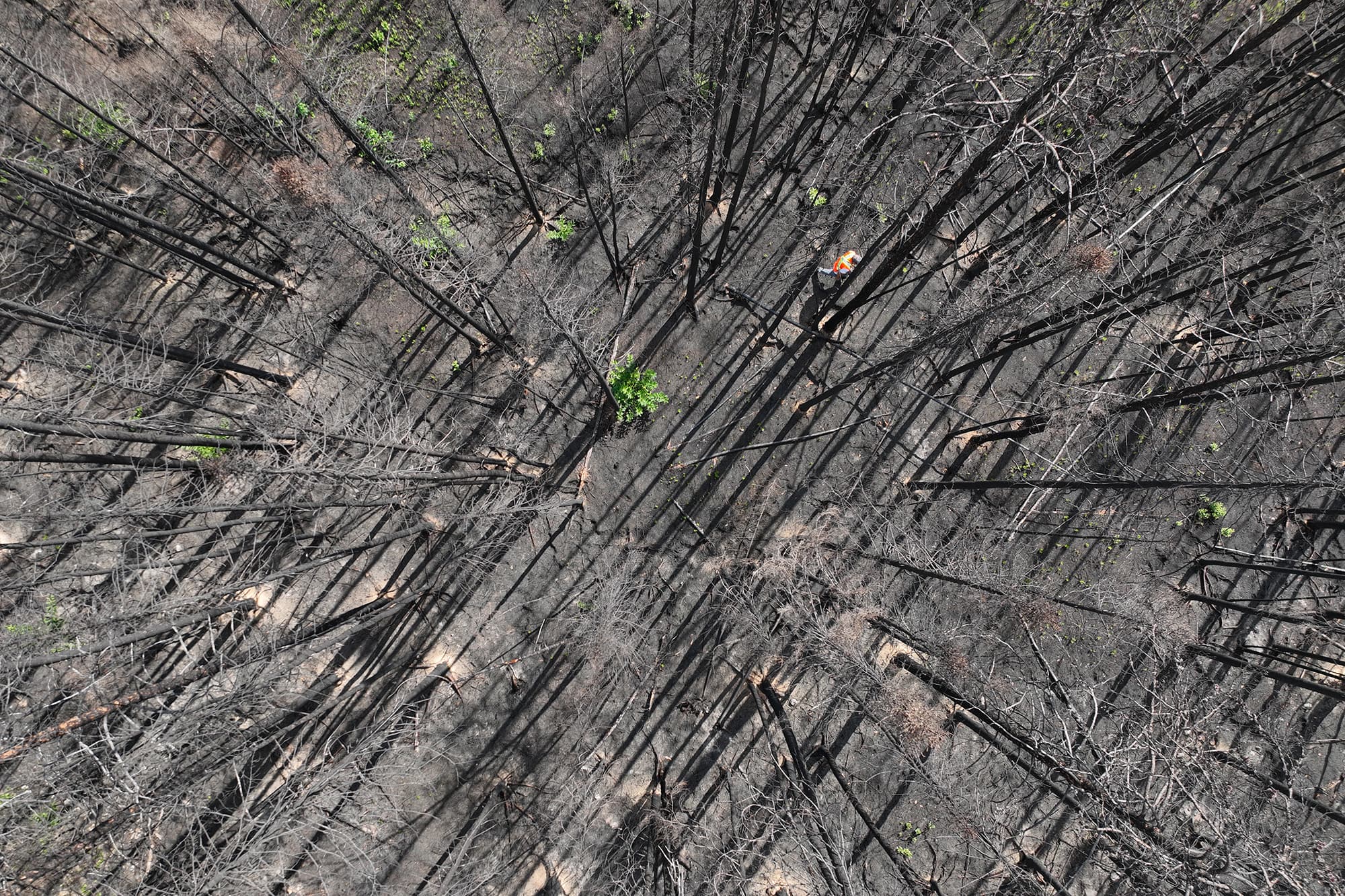
As fires raged in northern Quebec, Pikogan, an Algonquin Anishinaabe community near Senneterre, opened its elementary school gym to more than 100 people from Indigenous communities evacuated further north. Many hunting cabins were lost to the flames.
Lise Kistabish, Pikogan’s emergency services co-ordinator, said the forests are vital for Indigenous communities and that there has to be a “better way” to prevent wildfires from spreading.
“It makes us think about a lot of things — like, to be prepared in case of evacuation of this community or to make our services better,” said Kistabish.
Prime Minister Justin Trudeau recently said that the federal government needs to do a better job of funding disaster-mitigation infrastructure to fend off wildfires. Guilbeault acknowledged Ottawa needs to do more to prevent them from spreading in the first place.
“We are doing some things on the forest management [side] to try and prevent and reduce forest fires,” Guilbeault said. “It’s good work we’ve been doing, but it’s clearly not sufficient and we need to do more of it in the coming years.”
The scale and power of the fires, however, makes mitigation a daunting task. Kurz pointed out that the forested area of the Northwest Territories, for example, is roughly 20 times the entire territory of the United Kingdom, yet only has a population of 45,000.
“With that population density, it is virtually impossible to suppress the fires that are out there,” he said. “We can, of course, fight fires and that’s what’s very successfully being done in some areas.” But the notion that Canadians “have to work harder to put out these fires is just not realistic.”
Kurz said there’s no “silver bullet” when it comes to mitigating the changes in our forests.
The federal government has committed to planting two billion trees by 2030, an initiative experts say could help increase carbon sequestration. But even then, it will take many more years until those trees are mature and storing more carbon.
WATCH | How trees store carbon: